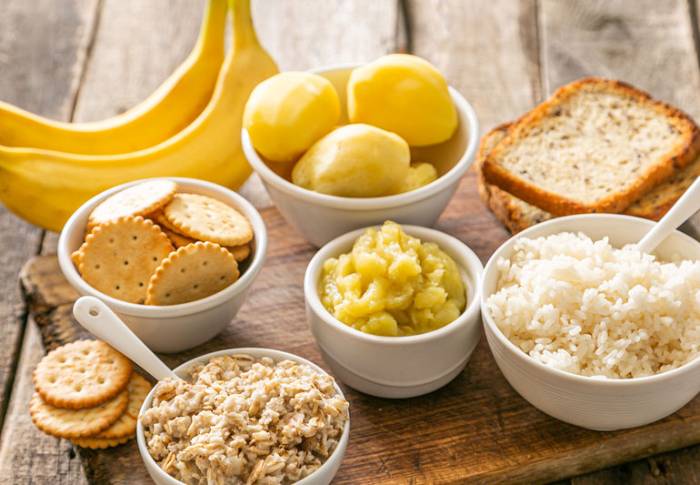What if you were forced to eat bananas, rice, applesauce, and toast for the rest of your life? You can do it using the BRAT diet. This diet, often known as the bland diet, is frequently suggested by doctors for children, infants, and diarrhoea sufferers. But how safe is this eating plan?
Benefits and drawbacks of the BRAT diet
The following are some of the benefits of the BRAT diet:
- This diet comprises of foods that are easily digestible, making it a good choice for other illnesses that affect the digestive system.
- When it comes to food, people who have had injuries, operations, children, newborns, and the elderly frequently experience digestive distress. They can, however, maintain their calorie and nutrition intake by following a BRAT diet.
- Diarrhoea necessitates extra dietary attention since the requirement to manage fluid loss from the body becomes critical. Because this diet is low in fibre, it may aid in the production of firmer stool.
- Although specialists do not advocate it for long-term use, because it is low in fat and calories, it may help with weight loss.
- This feed is bland and has a weak odour. This makes it safe for persons who have issues that include nausea, headaches, or vomiting to consume.
The BRAT diet is supposed to help people with digestive problems. The following are the dangers of the BRAT diet:
- Because it is poor in fibre, protein, fat, calcium, and other key elements, the BRAT diet may not be able to meet the body’s nutritional needs.
- Because the BRAT diet is low in fibre and water, it is not suggested for long-term use because it might cause energy loss and dehydration.
- When someone is suffering from an illness or virus, the BRAT diet can cause nutritional deficits and malnutrition, which can make recovery more difficult.
Latest posts by Priyanka Patil (see all)
- Google Messages Adds Two Powerful New Features for Android Users - April 23, 2025
- Google Fi Launches Budget-Friendly Unlimited Plan at $35 - April 23, 2025
- Who’s No. 1? Men’s Freestyle Seeds for 2025 US Open Wrestling Championships - April 23, 2025



